Tourists in Bali, Indonesia. Source: AFP/VNA
Tourism in Asia- Pacific has grown rapidly since the region reopened its borders for long-haul and regional travel.
However, according to research by Arival tourism company (Thailand), it will not be until 2025 that the "smokeless industry" - especially tourism activities and attractions - will surpass the peak reached before the Covid-19 pandemic.
Titled “Tourism Experience Outlook 2019-2025,” Arival’s study forecasts that the Asia- Pacific tourism industry will reach US$67 billion in revenue by 2024 and US$75 billion by 2025.
Arival CEO Douglas Quinby said the Asia-Pacific region had suffered the worst of the pandemic and had to close its borders. But demand for travel within the region is picking up rapidly as more borders are opened and travellers are encouraged to travel and spend again. The challenge now for the global travel industry is to prepare for the rapid influx of demand from across the Asia-Pacific.
Online bookings across Asia-Pacific are set to more than triple between 2019 and 2025 as younger travellers are seen as the drivers of the industry’s recovery. Online platforms across the region are set to benefit from this trend.
According to Quinby, Gen Z and Millennial travelers are hungry for experiences in Asia and are willing to pay for them. Operators need to be prepared to meet the new travel demands of this younger group, such as small group tours, adventure-oriented tours that can be booked on mobile phones, with valuable moments that can be posted on social media platforms like Instagram and TikTok.
China's reopening is expected to boost tourism further, with at least 5 million Chinese tourists expected to visit Thailand this year - about half the pre-pandemic number.
The Tourism Authority of Thailand also reported a significant increase in the number of Middle Eastern tourists coming to Thailand for medical tourism. Their market share increased from 1.8% in 2019 to 4.3% in 2022.
Another positive sign is the increase in long-stay tourists from Europe and the US, with per capita spending rising in 2022 due to inflation and rising accommodation costs, now adjusted from “low season” prices during the pandemic.
Tourists are expected to return in greater numbers across the Asia-Pacific region this year, although high inflation and structural barriers are likely to keep the vital industry far from pre-Covid-19 levels, Oxford Economics said in a March 13 assessment.
Oxford Economics estimates that tourist arrivals across the region this year will be 50% of 2019 levels, with a full recovery to pre-pandemic levels not expected until 2025 or 2026.
James Lambert, director of economic consultancy Oxford Economics Asia, said the world in general is recording a significant recovery from the depths of the Covid-19 pandemic, but in Asia-Pacific, the recovery is taking place more slowly. The reason is partly because inflation is still rising worldwide, causing many people to consider spending on travel.
In addition, Asia-Pacific economies remain heavily dependent on Chinese tourists, while the world's most populous country still has many visa procedures and limited flights.
China's reopening late last year has yet to result in a big increase in arrivals to the region, although places like Bali, Indonesia, and some Vietnamese destinations will soon welcome more visitors, said Rajit Sukumaran, managing director of Southeast Asia and Korea at IHG Hotels & Resorts.
Mr. Sukumaran also believes that this year is a good time for hotel companies to focus on developing human resources and responding more to changing customer tastes.
Recent survey data from Booking.com shows that travelers want different things about their trips than they did before the Covid-19 pandemic.
That partly speaks to travelers' preference for more personalized experiences and a desire to explore new places, according to Booking.com's Asia-Pacific managing director Laura Houldsworth.
VNA
Source


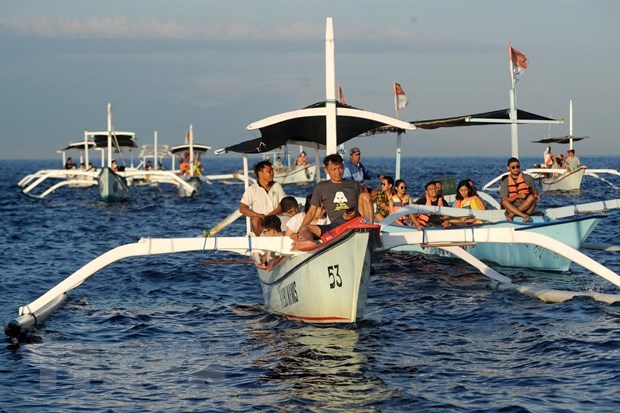
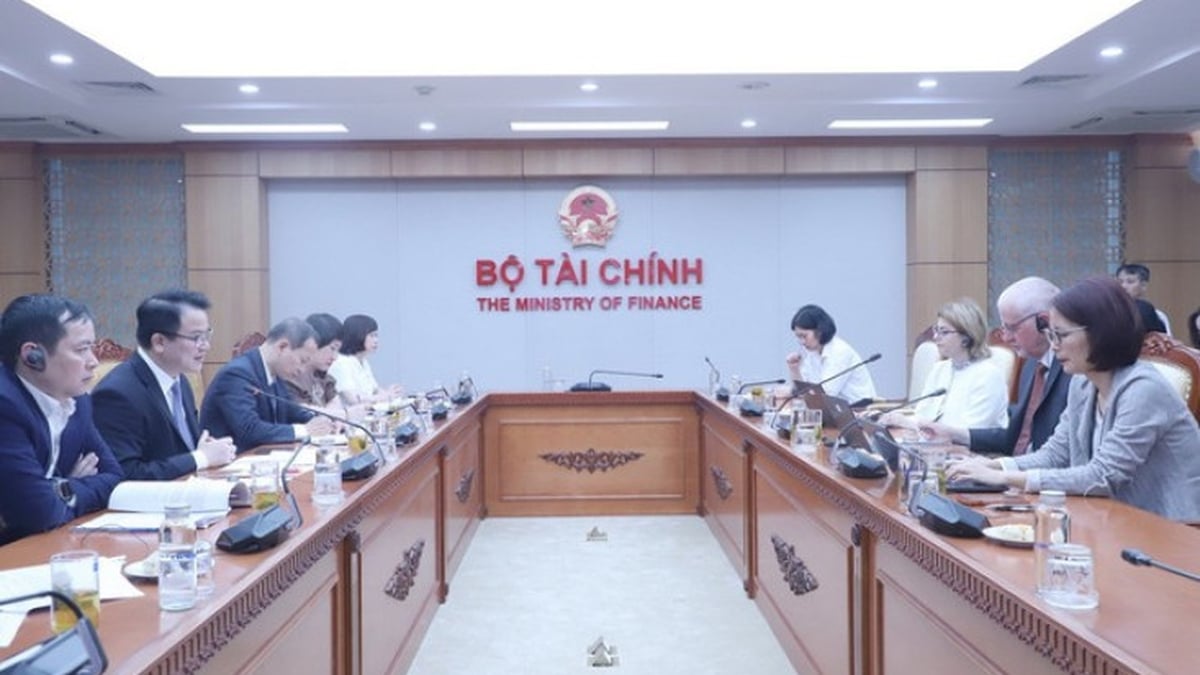
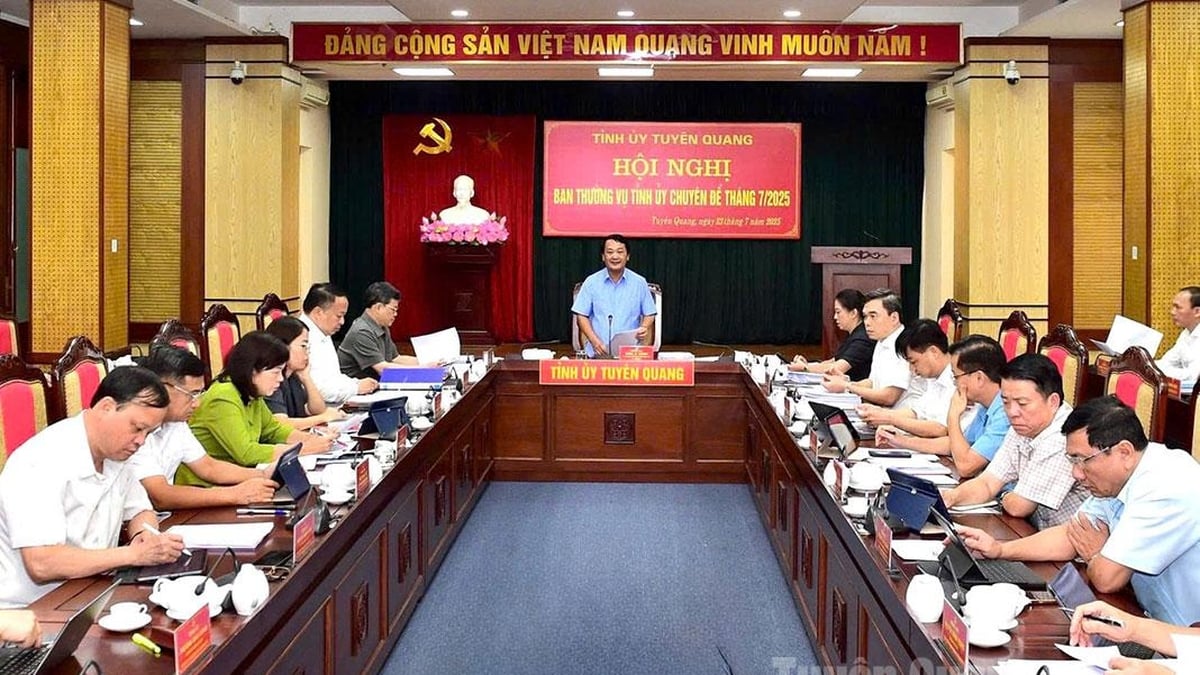

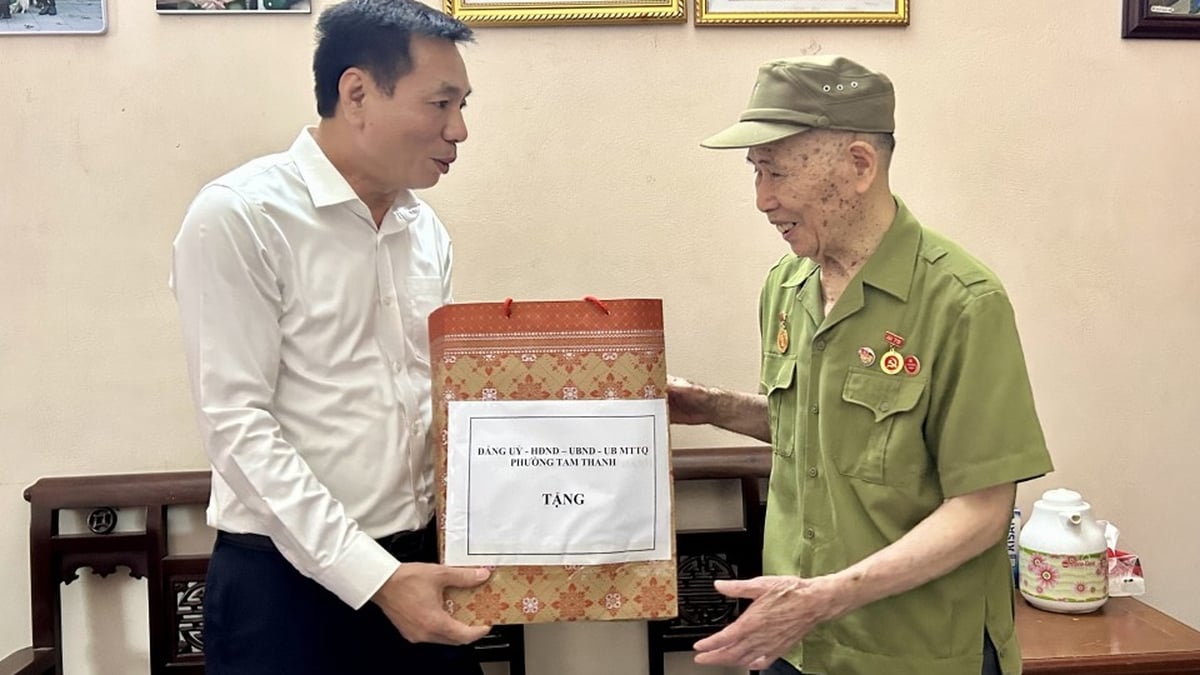
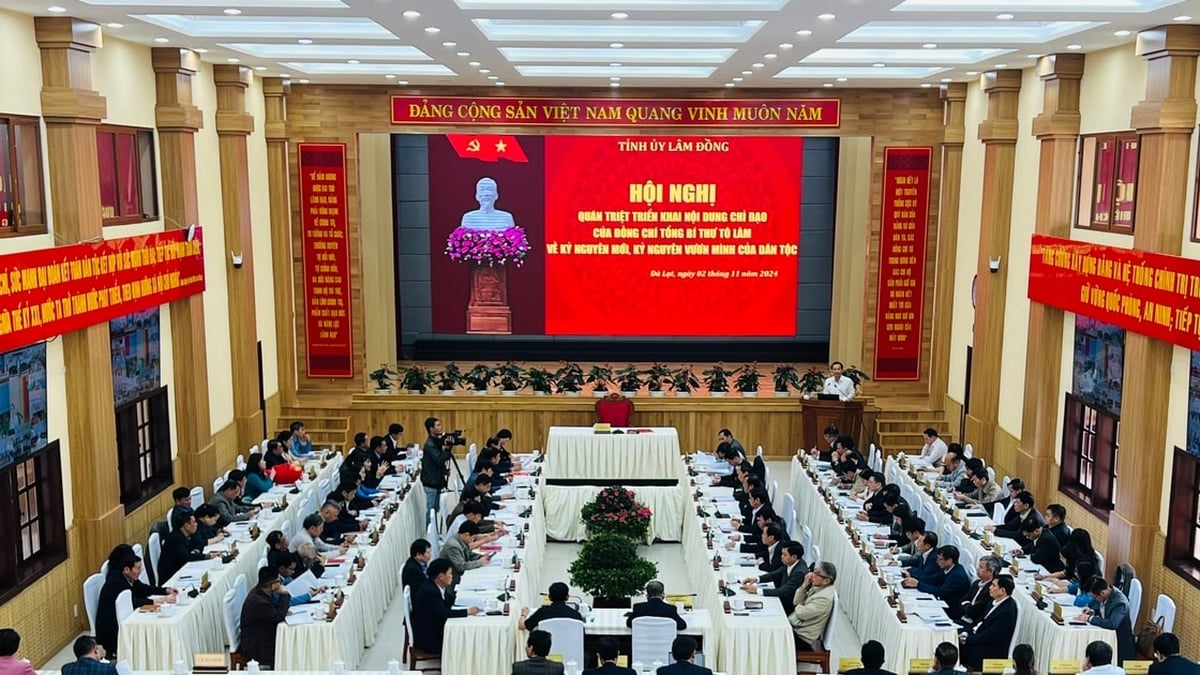
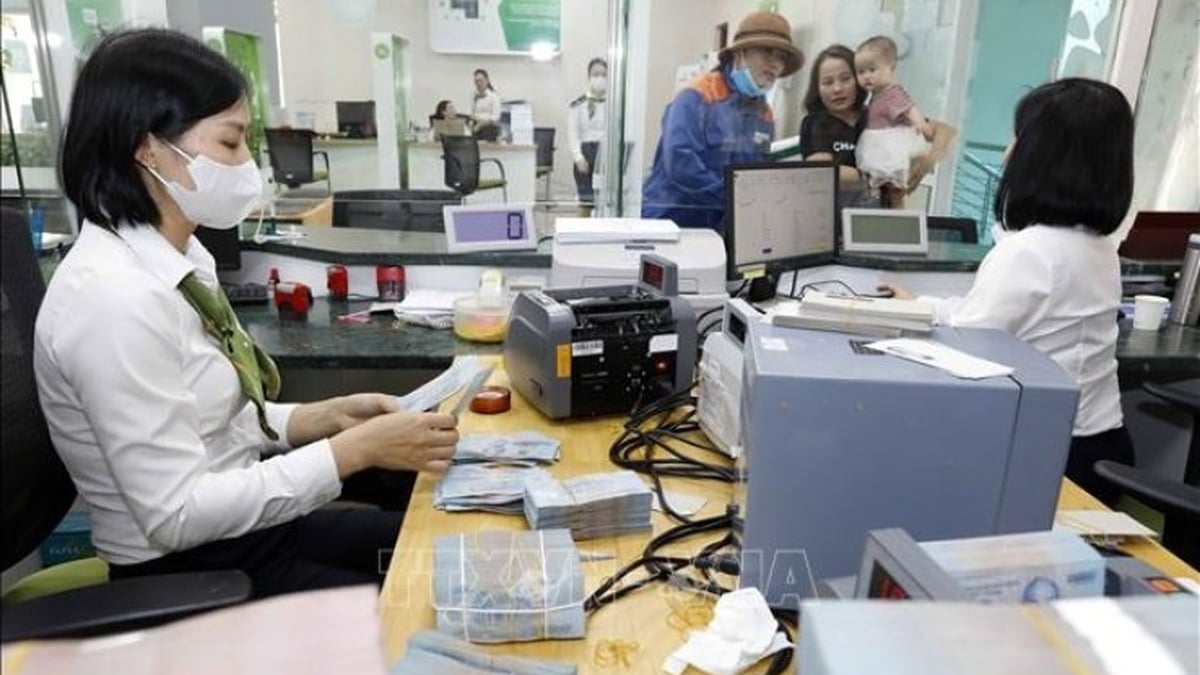
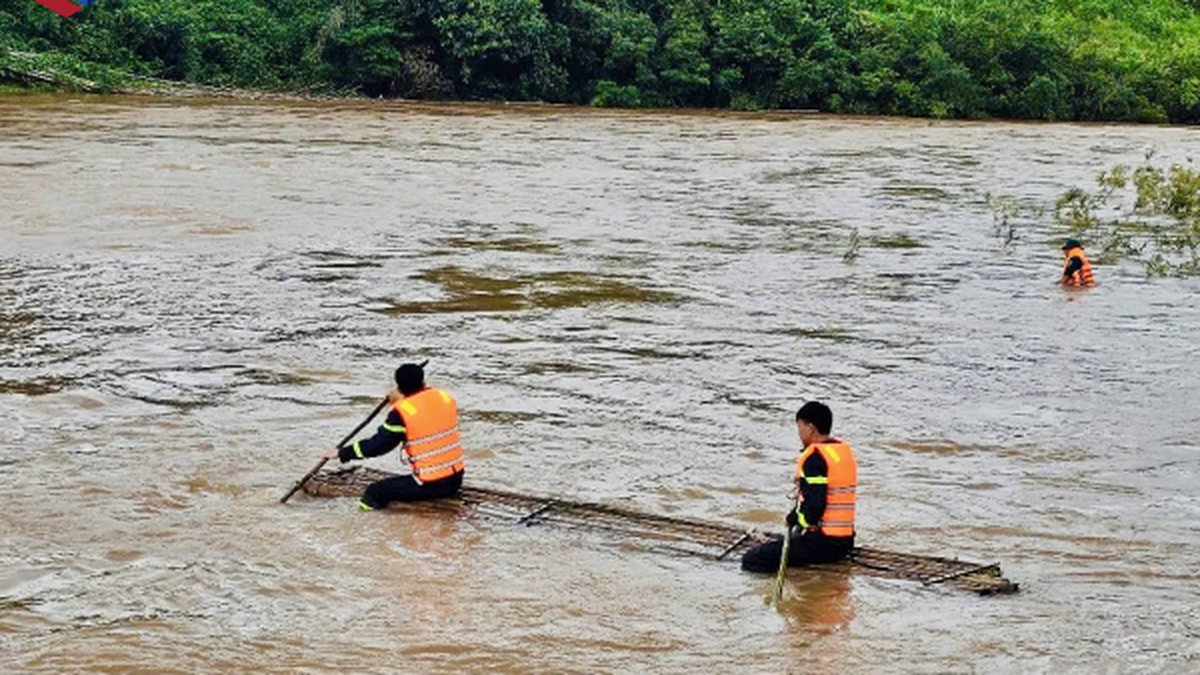

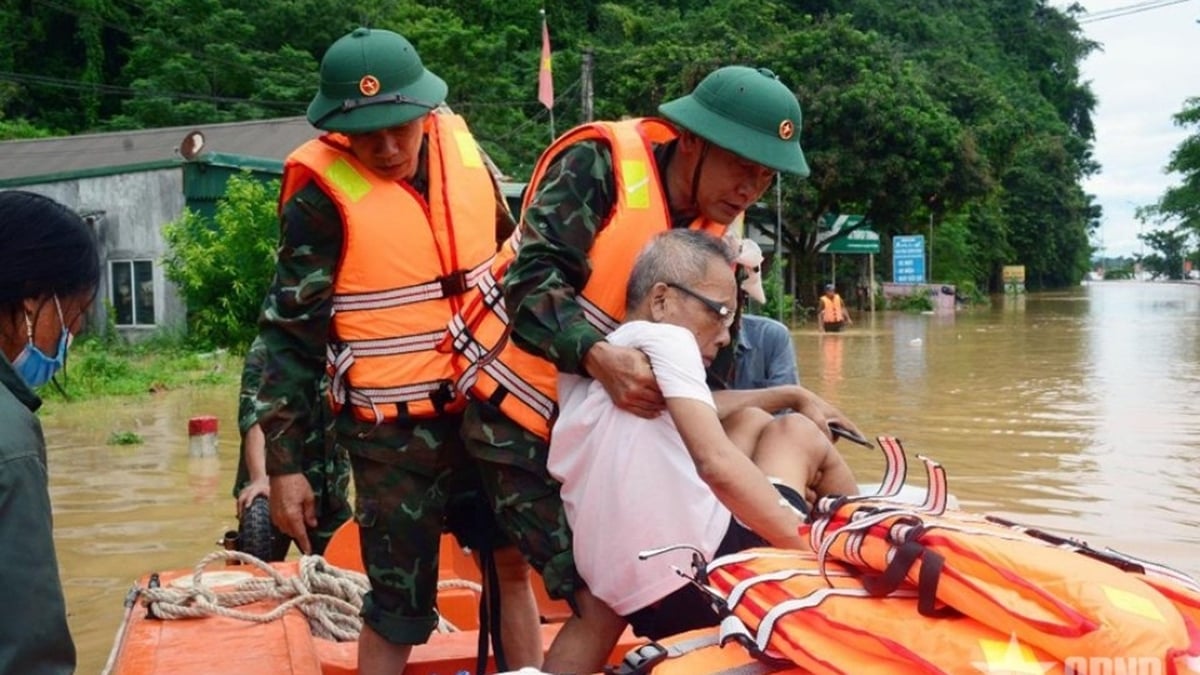























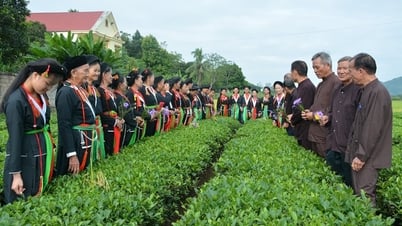

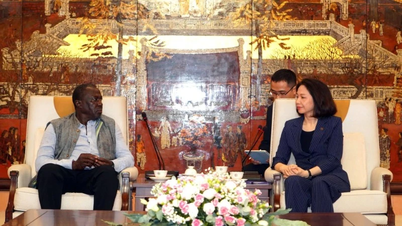















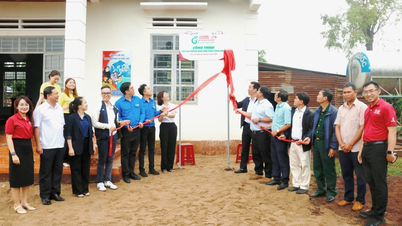

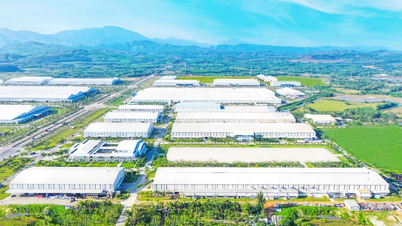
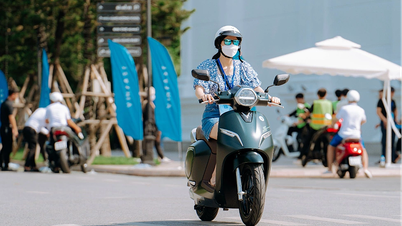






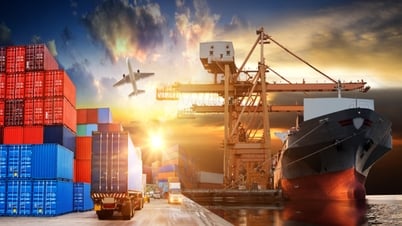

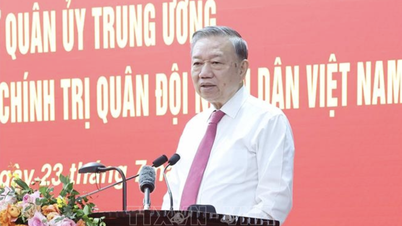

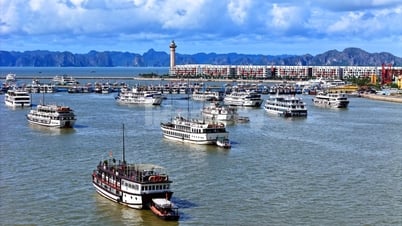

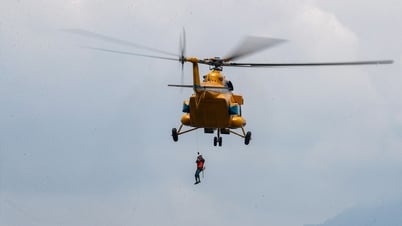


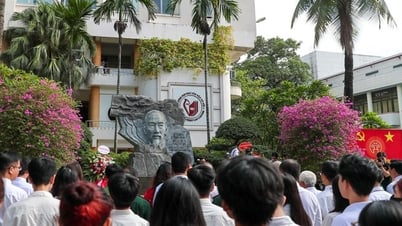


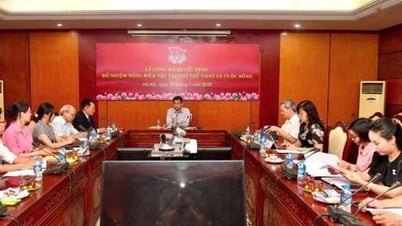

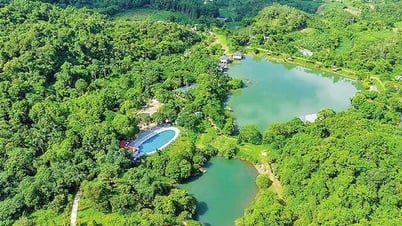















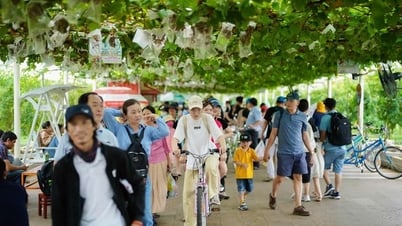







Comment (0)